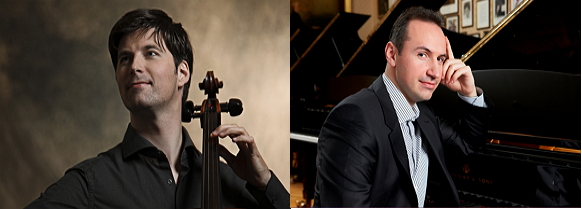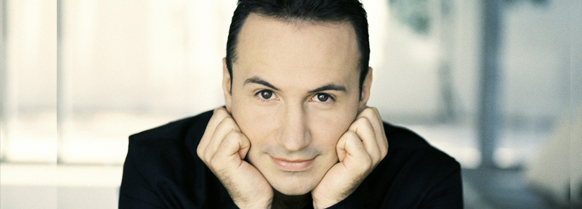Tag: Simon Trpceski
-

PROGRAM NOTES: DANIEL MÜLLER-SCHOTT & SIMON TRPČESKI
Ludwig van Beethoven Sonata for cello & piano in C major, Op. 102, No. 1 Those who think of sonata form as a well-organized dinner plate – with the red meat in one corner, the mashed potatoes stationed opposite, and peas or broccoli distributed neatly over the remaining space – might be forgiven for thinking…
-

PROGRAM NOTES: SIMON TRPČESKI
Program Notes: Simon Trpčeski Schubert: 16 German Dances, D. 783 (Op. 33) So indelibly is the name Johann Strauss embedded in our consciousness as the purveyor of Viennese dance music that we tend to forget such music existed well before the Waltz King appeared on the scene. Not just minor, forgotten figures like Pamer, Faisatenberger…
-

ONE OF OUR FAVOURITE COMPOSERS: FRANZ SCHUBERT
“When Schubert wants to tell you something important, he will usually lower his voice rather than raise it – he draws you into the message, rather than projects it out to you.” Paul Lewis Last week, we pointed out Franz Schubert, a much-loved composer by our audiences, will be well represented in our 2012-2013 season.…
-

SOME THOUGHTS ON OUR UPCOMING 12-13 SEASON
Today we want to share with you a few thoughts and facts about our recently announced 2012-2013 season: UP FIRST: On October 5 András Schiff will open the 33rd season with an all-Bach program. In fact, András was one of the first artists who launched the Vancouver Recital Society in 1981. Like so many…

